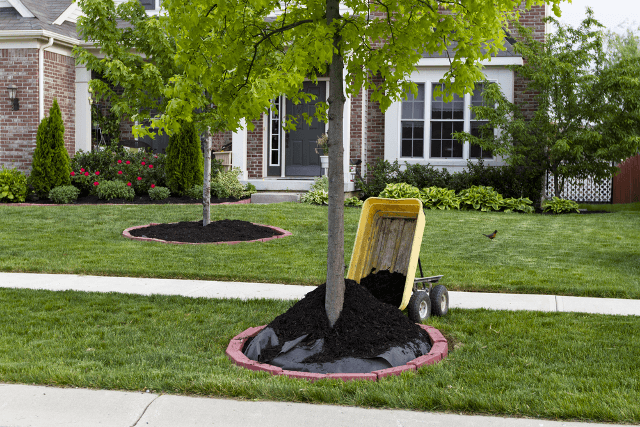Landscaping your Yard
Fixing the outside of your home is just as important as fixing the inside. If you are landscaping the yard, it is not enough to just put grass on the ground. You should plant flowers, shrubs and trees.
The garden needs to be maintained so you should cut the grass and water the plants. For that, you will need to buy some equipment like an edger, hedge trimmer and a lawnmower.
If you don’t have time to do this, pay someone to mow the lawn or hire a professional that will drop by and do the work on a regular basis.
Ideally, when landscaping your yard, you should choose two or three colors for flowerbeds and use different plants. Don’t forget that they should compliment the overall look of the house.
It will also be nice to add a few other items like some rocks, a statue or even a fountain. When choosing these from the store, make sure you know which plants need more sunlight than the others. This will prevent you from buying the wrong ones and killing them.
You can also get other ideas to improve the landscaping in your yard by looking at magazines and online sites. It is also possible to incorporate something you saw while driving around the neighborhood because decorating is not rocket science. You simply need to have a little imagination and ingenuity to bring this idea to life. The important thing is that this should reflect your personality.
The best way to start this is by putting your plan on paper. You can do it even if you do not draw that well. Just use some basic shapes and put symbols on them.
Once you have set this up, what you have in your hand is now a blueprint so it is off to the store to buy everything you need.
Don’t be afraid to make some changes in the layout because this is normal when you want the yard to look at its best. You should also make allowances for the home’s porch and decks so you can hang plants on baskets.
The success of your landscaping yard will depend largely on nature. This is because you have no control of the weather. If it rains often, you should only use plants that are able to sustain so much water. The same goes if it snows regularly where you live.
Aside from water and sunlight, you may also need to fertilizers and other chemicals to keep the soil ideal for growing.
The pH balance of the soil should also be checked. This should be between 6 and 7 at all times because if it is below 6, this means it is acidic while anything higher than 7 means there is too much alkaline content in the ground.
Landscaping the yard will not be a bed of roses. There will be challenges like weeds, pests and even the neighbor’s pet. But if you are able to provide balance, you will be able to surpass these challenges and be admired by those who pass by your home.
Who knows? They could learn something from you and also do the same for their own front or backyards so everyone is able to learn a few tricks from each other and uses this to their advantage.





